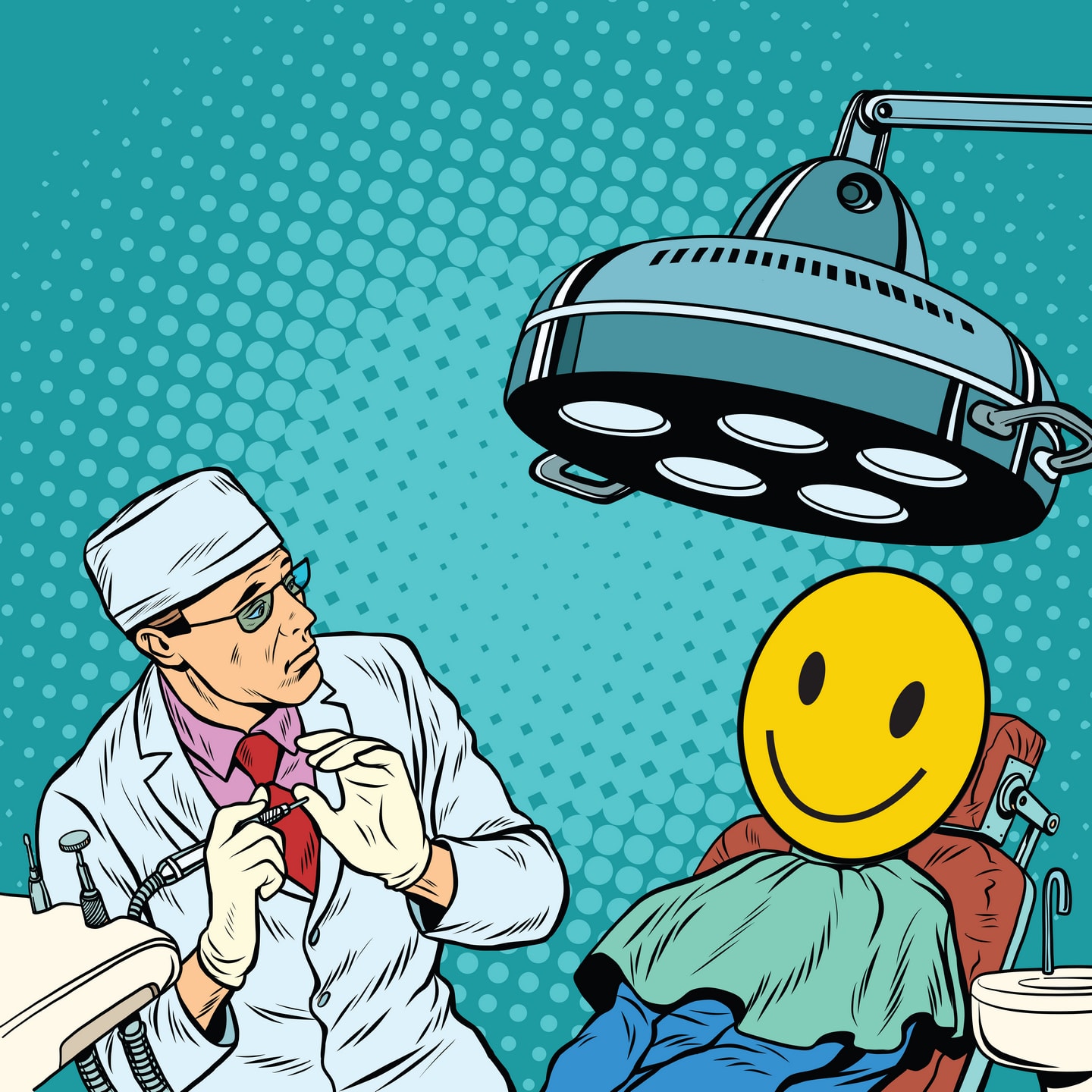As a dental professional, you’re often in the unique position of being the speaker in a one-sided conversation. This could be good or bad, depending on how you look at it. You certainly don’t want to fill the air with awkward silence, but you do want to talk to your patients in a way that eases their nerves.
How do you perfect your chairside manner?
Here are a few tips:
Listen.
Before you go anywhere near the patient’s mouth, make sure nothing important gets left unsaid. I’m sure you ask all patients what brought them to your office, but how well do you listen to the answer? Do you diagnose before patients finish telling you how they feel? Do you cut them off to ask clinical questions? If you stop listening too soon, you could be missing something vital. Not only that, but your patient will notice your distraction and nobody likes to feel dismissed.
Remember: No pain is too small.
Anxiety could amplify pain. Everyone’s pain tolerance differs. For patients with sensitive gums, even a teeth cleaning can create a source of anguish. Sometimes visual appearance doesn’t accurately portray the level of discomfort a patient feels.
Acknowledging the validity of a patient’s complaint builds trust. Trust leads to confidence in the prescribed treatment plan.
Distractions, distractions.
Now you have the patient in your chair and you need to figure out what to say next. This can be the most nerve-wracking part for both of you. The golden rule: Everyone is different. Some patients are eager for distraction. All you need to do is mention their children or pets and the parent in your chair will smile so wide you’ll have no trouble seeing all the way back to their molars. Other patients don’t want to talk at all. They’ll get frustrated if you so much as mention the weather during treatment. They want to get in and out as quick as possible, so conversation may put them on edge.
Either way, being receptive to individual needs makes for solid relationships with patients.Avoid open-ended questions …
… only while working inside the patient’s mouth, of course. Patients want to feel special. Remember their hobbies or conversations you’ve had with them in the past. Ask about their fantasy football league before explaining the procedure. But once you start to work, remember they can’t talk back. You don’t want to lose a finger!
It’s easy to forget what it’s like being the person in the chair but we’ve all been there before. Think about a time you were nervous to go to the doctor. What soothed your anxiety?


